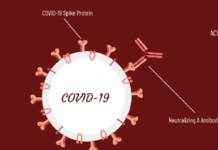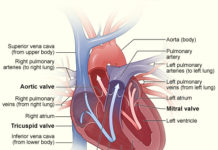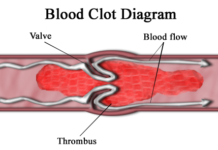By Jesse Hand and Misael Fernandez; Farnsley Middle School (Louisville, KY)
Teacher: Marsha Buerger
Ronnie Loroco was 75 in 2013 when he was diagnosed with moderate Alzheimer’s isease. (Loroco is the grandfarther of author Jesse Hand.)
“I remember when I was little and my family went over to my Grandma and Grandpa’s house and I asked my Mom why my Grandpa couldn’t remember my name,” recalls Jesse Hand. “She never told me why he couldn’t but as I grew up, I learned that he had Alzheimer’s Disease.”
“It was hard on me at first but eventually you get used to it and learn to live with it,” says Anita Casper, Loroco’s daughter.
According to the Mayo Clinic, Alzheimer’s disease, like other dementias, causes the brain to degenerate. It is the most common cause of premature senility. As nerve cells are destroyed, the connections between them are also reduced. Alzheimer’s first targets the hippocampus, where recent memories are stored, and goes through the brain until it affects judgment, speech patterns, and all forms of memory. Alzheimer’s disease is a progressive disease that destroys many important mental functions. Doctors do not know if the amyloid plaques (sticky buildup that accumulates outside nerve cells, or neurons) and neurofibrillary tangles (tauopathies that are most commonly known as a primary maker of Alzheimer’s disease) are the cause or byproducts of Alzheimer’s disease.
According to NPR in a broadcast from November 21, 2016, dementia is a disorder of the mental process caused by brain disease or injury and marked by memory disorders, personality changes, and impaired reasoning. Alzheimer’s disease is the main form of dementia, but there are many more forms.
According to the CDC, it is estimated that 5.5 million Americans are living with Alzheimer’s disease.
In an email to SciJourner from Dr. Kenneth M. Langa of the University of Michigan, he states, “Alzheimer’s disease worsens over time and can occur in middle or old age, due to the loss of function in the cells of the brain. It is the most common cause of premature senility. Alzheimer’s disease is commonly found in people in their 70’s and 80’s.”
He continues “There are three different stages of Alzheimer’s disease: Mild, Moderate, and Severe. The symptoms of Mild Alzheimer’s are when the person is having early troubles with memory and needs help with being safe all day. The symptoms of Moderate Alzheimer’s are when the symptoms of the Mild stages are worsening. Finally, in the severe stage the person doesn’t know how to talk and don’t remember people they used to know like their spouses or children.”
There is no way to cure Alzheimer’s disease, but there are some ways to slow it from worsening. There have been many treatments passed by the FDA (Food and Drug Administration) for Alzheimer’s disease. The first treatment was released in 1996; it was for all stages of Alzheimer’s disease, and the drug was called Donepezil. There was also a treatment passed by the FDA in 2003. It was for Moderate and Severe stages of Alzheimer’s disease, and the drug was called Namenda.
However, a study led by Langa and his team of researchers from the Michigan Center on the Demography of Aging that was published in 2016, found that education might be a protector against dementia. He said, “It actually creates more, and more complicated connections between the nerve cells so that you’re able to keep thinking normally later into life.”
Loroco takes the drug called Namenda that helps slow down the process of worsening symptoms, but doesn’t get rid on his Alzheimer’s.
Hand states, “Ever since my Grandpa was diagnosed, he has not been the same. He often forgets my name, even his name sometimes. He will never be as he was before he was diagnosed with Moderate Alzheimer’s disease, but he is getting better than he was at first. Alzheimer’s disease has impacted my life and everyone in my family, but it’s made us stronger for the better.”













